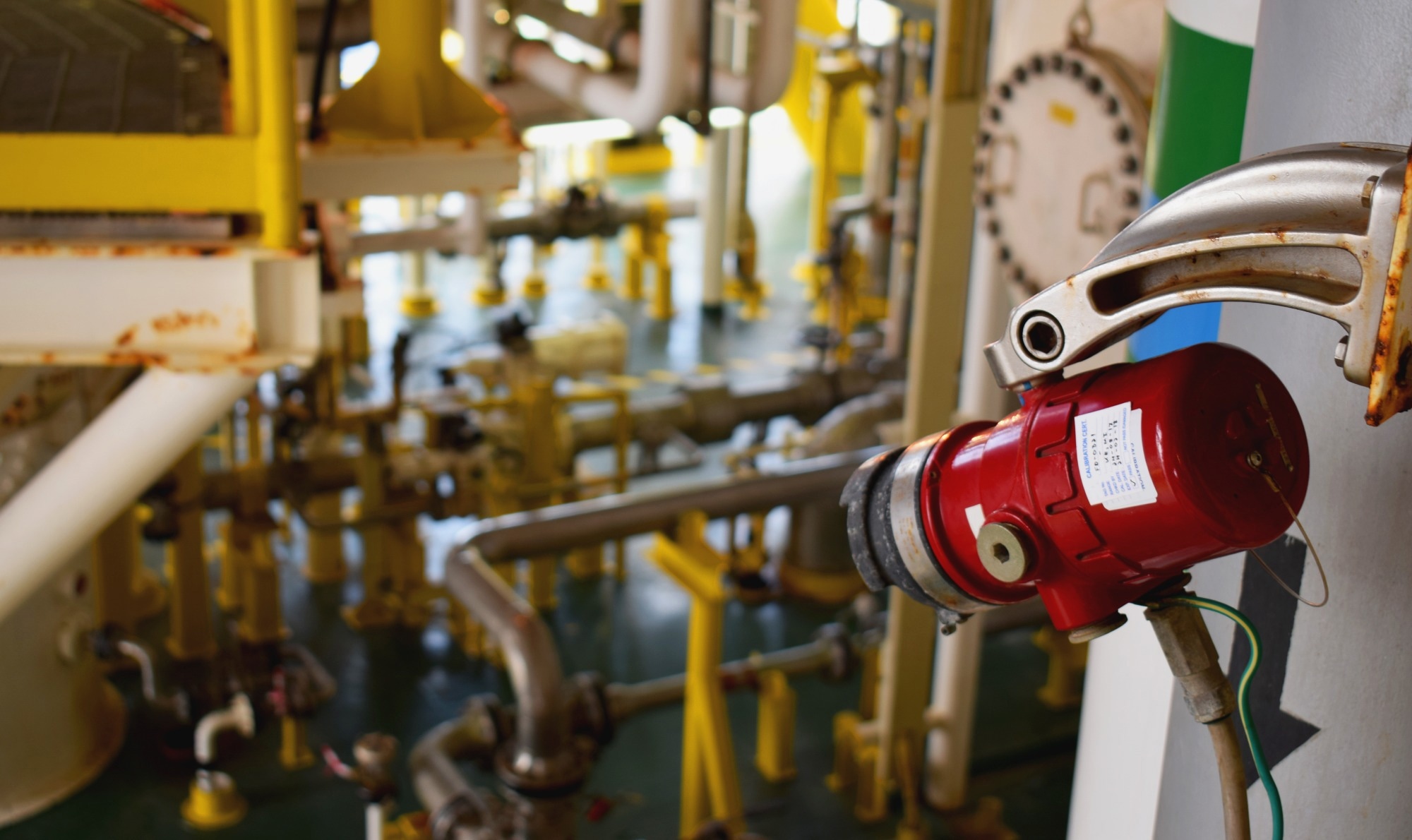Gas detection is a critical safety measure across various industries, including chemical manufacturing, environmental monitoring, and oil and gas.
Gas detection systems are implemented to ensure the accurate and rapid identification of gas leaks. This is paramount as numerous gas hazards can be challenging to detect due to their invisibility or the absence of scent.
One highly dependable method for recognizing gas hazards involves using infrared gas detection. This technique utilizes infrared light to identify gases based on their absorption of specific light wavelengths. This article delves into the mechanics of infrared gas detection and highlights its advantages.

Image Credit: Mr.PK/Shutterstock.com
Infrared Gas Detection
Infrared gas detection systems are applied in various commercial, industrial, and scientific sectors due to their long-term stability, heightened sensitivity, and precise gas detection, which are rooted in how gas molecules absorb infrared radiation (IR) at specific wavelengths.
These systems comprise a chamber housing an emitter, such as an IR lamp on one side, and, on the opposite side, an optical filter and a thermopile detector. Gases enter the chamber, where molecules in the gas absorb some of the IR energy emitted.
This absorption leads to a reduction in energy at that specific wavelength. Utilizing the Beer-Lambert Law, the gas absorption is gauged and analyzed to ascertain gas concentration. In the absence of gas, the thermopile measures the energy from the IR source and generates a proportional electrical signal.
Advantages of Infrared Gas Detection
Infrared gas detectors offer a host of advantages. Two notable ones include their ability to detect invisible gases to the naked eye or in low concentrations. These detectors can identify various gases under varying temperature, pressure, and visibility conditions.
Other key benefits include:
- A highly reliable and accurate method of gas detection
- Easy-to-use systems
- Fast response times
- High sensitivity and specificity
- Low maintenance due to factory calibration
- Minimal interference from environmental factors
- Minimizes risk of contamination or poisoning
Dexter Research Center
Founded in 1977 by Dr. Robert Toth, Sr., Dexter Research Center is committed to delivering cost-effective, high-performance infrared sensing solutions to a global customer base. Its products boast superior sensitivity, improved signal-to-noise ratios, and compliance with MIL-Spec reliability and durability testing standards.
The company provides over 1,000 thermopile configurations and various gas encapsulation options to cater to diverse sensing needs across a wide range of applications and industries.
The company's thermopile detectors find applications in gas analysis, gas detection, and flame sensing, and the products continue to evolve to meet the rising demand in the market.
References and Further Reading
- https://www.azosensors.com/article.aspx?ArticleID=675
- https://www.ncbi.nlm.nih.gov/pmc/articles/PMC8838934/

This information has been sourced, reviewed and adapted from materials provided by Dexter Research Center, Inc.
For more information on this source, please visit Dexter Research Center, Inc.